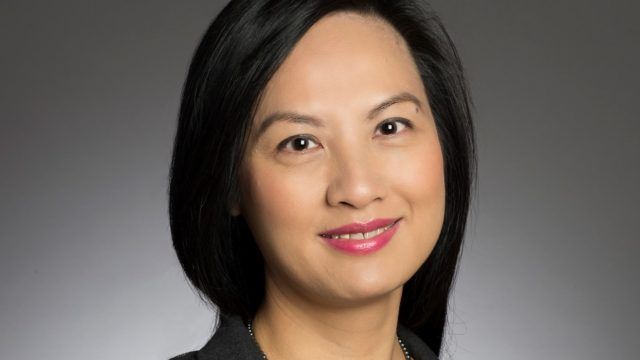There are three key trends driving Asian credit markets, Thu Ha Chow, senior credit strategist for the emerging markets debt team at Loomis Sayles, told a media briefing this week.
First, the “search for income” among aging populations continues in an environment of low interest rates and reduced dividends.
Second, companies in the region should benefit from governments’ emphasis on securing supply chains exposed as vulnerable during the Covid-19 pandemic, through encouraging the “onshoring” of priority sectors such as agriculture and healthcare. Meanwhile, domestic consumption should further underpin corporate earnings.
Finally, technology “will be a clear winner” in the post-coronavirus world, as it expands across education, health, banking, ecommerce, and gaming; it should also boost mobile telecom services.
Asian high yield credit metrics have also improved, which should provide “solid buffers to weather the Covid-19 storm,” said Chow.
She noted that leverage has broadly trended lower since 2016, Ebitda and net income coverage are better and Asian corporate issuers generally have cash and adequate liquidity.
Chow pointed out that both historical and expected Asian high yield default rates are significantly lower than among US high yield issues.
“Defaults in Asia should be mitigated by access to onshore funding markets, manageable debt maturity profiles, pre-financing activities and limited exposure to the oil and gas sector,” she said.

Several other asset managers, such as Blackrock, Invesco, JP Morgan AM and UBS AM, have been keen promoters of the attractions of Asian fixed income, which include a yield advantage over comparable US and European issues and a lower historical default rate.
Demand and supply
Demand and supply factors also support the asset class, according to Chow.
The local investor base received 78% of primary market allocations last year compared with 67% in 2015, she said.
Meanwhile, new issuance out of Asia is running at 85% of 2019 levels, and in April 90% of issuance was by investment grade credits.
“The constrained net supply should provide a supportive factor as investors grab for yield,” said Chow.
Chow is the manager of the $44m Loomis Sayles Asia Bond Plus Fund, a Ucits launched last year and which has been available to Singapore retail investors since 20 May 2020.
It aims to generate returns from income and capital appreciation, and has achieved 2.54% return since inception, according to FE Fundinfo data.
Celeste Tay, senior sovereign analyst in the macro strategies group, is a strategist for the fund, and she currently favours “good quality corporate credits” among US dollar-denominated bonds, and prefers the “middle yielders” in local currency debt.
“China, Malaysia and South Korea have potential for further monetary easing, possess high national savings, have undervalued exchange rates and seem to be managing the coronavirus outbreak relatively well,” she told the briefing.
In contrast, Indonesia and the Philippines are more vulnerable to the spread of Covid-19 because of high population densities and weaker healthcare infrastructures, she said.
Loomis Sayles, which is owned by Natixis Investment Managers, has AUM of $310.9bn, according to the Boston-based firm’s website.
Loomis Sayles Asia Bond Plus Fund: performance since launch

















